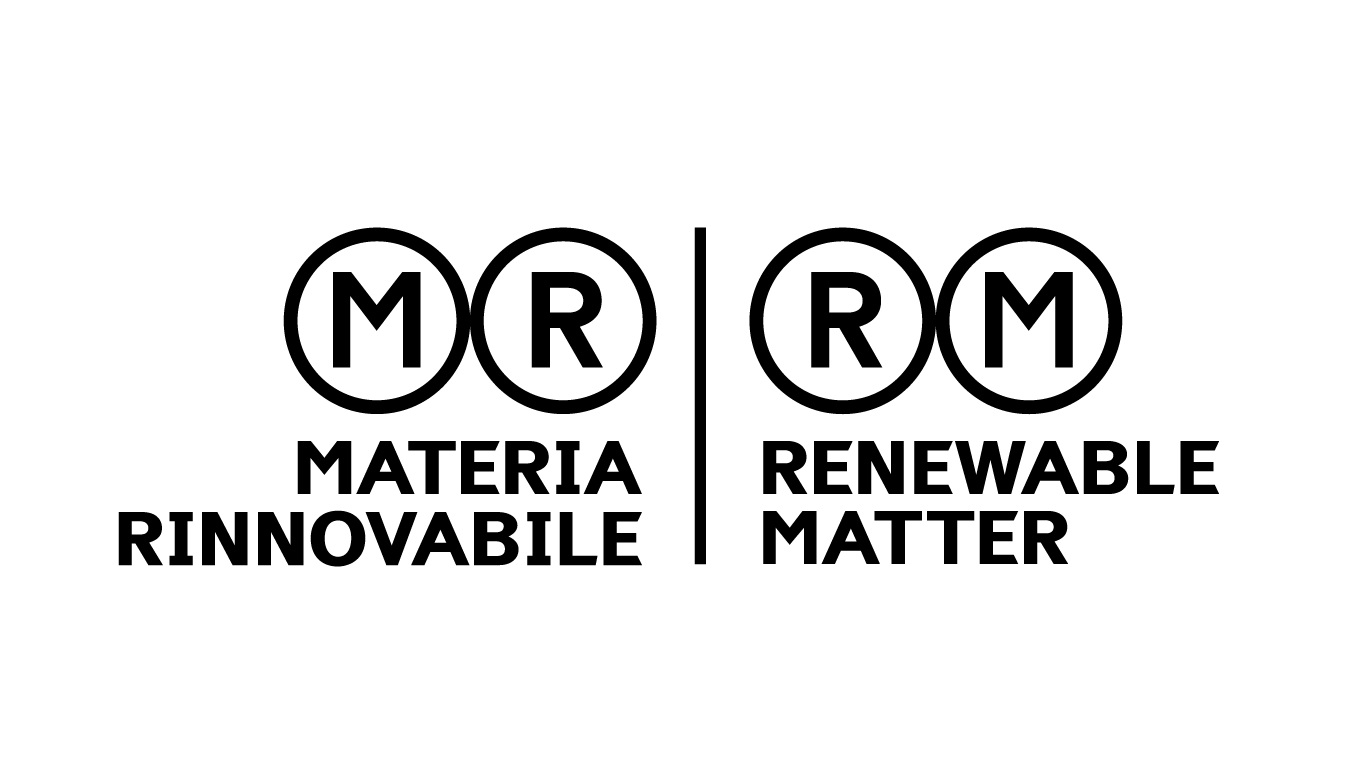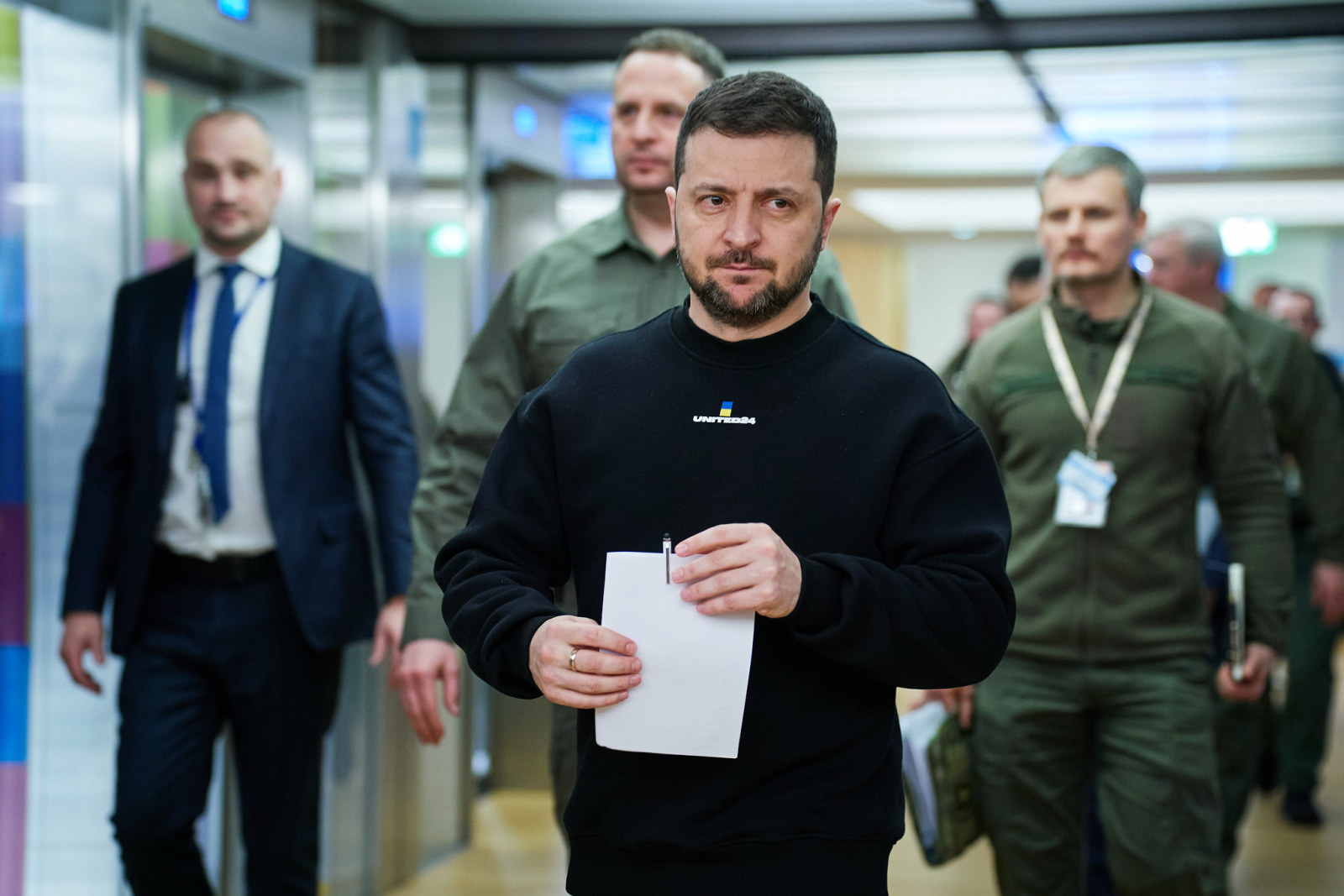This article is also available in Italian / Questo articolo è disponibile anche in italiano
"We cannot keep spending hundreds of billions to defend Ukraine without getting something in return." With these words, US President Donald Trump set out his terms for continuing to send aid to Kyiv during an interview with Fox News on Monday, 10th of February: 500 billion dollars’ worth of rare earths, minerals, and “other strategic resources”.
After more than 1,000 days of gruelling war, Ukrainian Prime Minister Volodymyr Zelensky needs Washington’s military and political backing to hold its own against Russia. The country’s vast mineral wealth has become a practical bargaining chip for Kyiv. As far back as last October, Zelensky included the idea in his “plan for victory”, highlighting deposits of uranium, titanium, lithium, graphite, and rare earths — resources he claimed were worth “trillions of dollars”.
In a recent interview with the Guardian, Zelensky revealed that he had discussed the matter with Trump last September when they met in New York. He added that he plans to present “a more detailed plan” outlining opportunities for US companies in both the post-war reconstruction of Ukraine and the extraction of its natural resources. “We are talking not only about security, but also about money,” said the Ukrainian prime minister. “Valuable natural resources where we can offer our partners possibilities that didn’t exist before to invest in them. For us it will create jobs, for American companies it will create profits.”
From the “drill, baby, drill” mantra that fuelled his campaign’s promise of a new American oil boom, Trump’s extractivist policy now appears to extend to rare earths and minerals critical for green technologies. First, his attention turned to Greenland — a Danish territory deemed vital to US security, with its vast rare earth and hydrocarbon reserves. Now, he is looking to monetise America’s economic commitment to Ukraine. Since the start of Russia’s invasion, Washington has poured around 174 billion dollars into the country. Far too much, in Trump’s view, who has returned to the foreign policy approach he favours most: one rooted in do ut des.
What minerals and rare earths are found in Ukraine
During his interview with Fox News, Trump did not specify which minerals or rare earths he intends to include in the deal. One of the key objectives, however, is to reduce reliance on China — the dominant force in the critical materials market, particularly rare earths, whose exports rose by 6% in 2024.
Rare earths are a group of 17 metals crucial to the production of a wide range of technological devices, from magnets — used to convert energy into motion in electric vehicles — to mobile phones, missile systems, lasers, computer disks, and batteries, electric and hybrid vehicles. They are not considered rare due to scarcity on the planet but because they are challenging to locate, extract, and refine.
According to Ukraine’s Ministry of Environmental Protection and Natural Resources, in the country, there are deposits of 22 of the 50 materials classified as critical by the United States. Graphite, lithium, titanium, beryllium, and uranium are the most abundant minerals and metals.
Classified as rare earth, there are lanthanum and cerium, which are used in televisions and lighting; neodymium, essential for wind turbines and electric vehicle batteries; and erbium and yttrium, both vital for nuclear energy production and laser technology. A recent study by the Ukrainian national geological Institute estimates the country’s total rare earth reserves at approximately 2.6 billion tonnes.
The disputed deposits with Russia
Of Ukraine’s 6 rare earth deposits, 3 are located in the east and south of the country, in the areas most attacked, disputed, or occupied by Russian forces. One of the country’s most resource-rich areas, Dnipropetrovsk, is now under threat from Russian military forces. This was confirmed by a concerned President Zelensky, who stated in an interview that Russia currently controls around half of Ukraine’s rare earth deposits.
At present, there are no operational rare earth mines, according to Ukraine’s Ministry, but the potential is significant. Fully developing these deposits could yield around 100 million tonnes of phosphate fertilisers, along with materials for high-tech electronics.
Another report from the Ministry of Natural Resources highlights the presence of significant lithium deposits, a critical metal essential for electric vehicle batteries and energy storage. The latest estimates suggest Ukraine holds around 500,000 tonnes of lithium reserves, spread across three particularly promising sites. One such deposit, Dobra, located in the central Kirovohrad region, contains high-potential lithium ores such as spodumene.
Graphite, another key component in electric vehicle batteries, is also abundant in Ukraine, which holds around 20% of the world’s reserves. Kyiv is estimated to possess approximately 343 million tonnes of the mineral, with natural graphite content ranging between 4% and 10%. Titanium reserves, a metal primarily used in the aerospace industry, are similarly plentiful, with reserves that could potentially meet global demand for the next 15 years.
Ukraine seeking partners
Kyiv is determined to prevent rare earths and other strategic raw materials, including lithium, beryllium, manganese, gallium, zirconium, and graphite, from falling into Vladimir Putin’s hands, as occurred with the coal mines in the eastern Donetsk region.
At the World Economic Forum in Davos last January, Ukrainian Deputy Economy Minister Oleksiy Sobolev revealed that the government is working on agreements with Western allies such as the US, UK, France, and Italy on projects related to the exploitation of critical materials. Kyiv is trying to strengthen these alliances by offering its final bargaining chip: mining licences, which could help ease the West’s growing demand for essential raw materials.
However, several critical issues remain. Turning such complex mining projects into profitable ventures will take time and require investors willing to take significant risks — especially in a war-torn country.
Cover: Volodymyr Zelensky photographed by Gatis Rozenfelds, Valsts kanceleja, via Flickr



